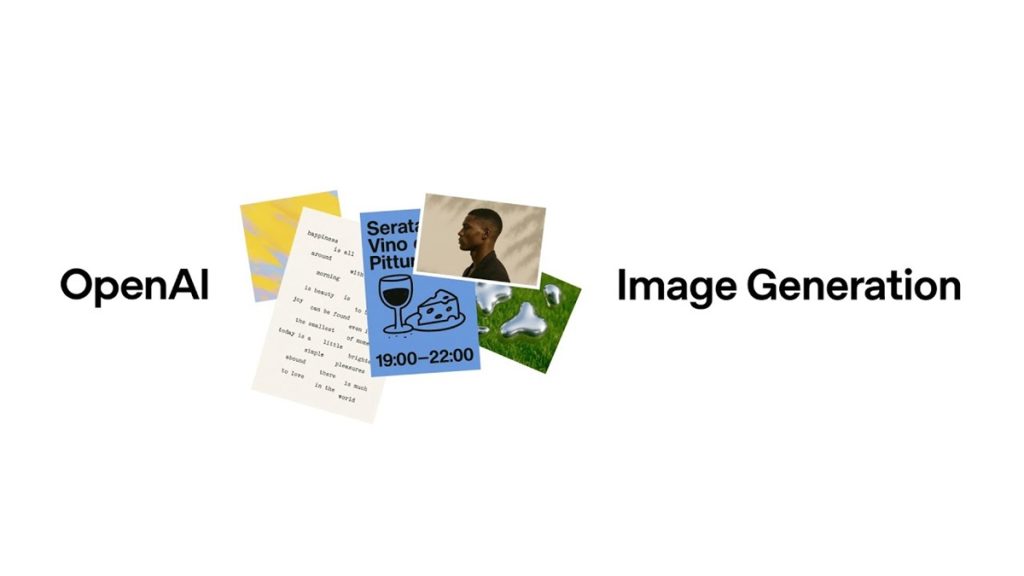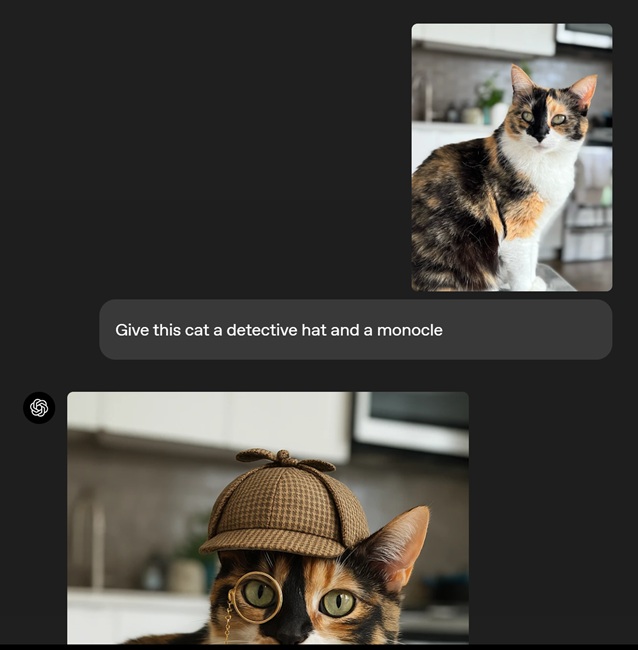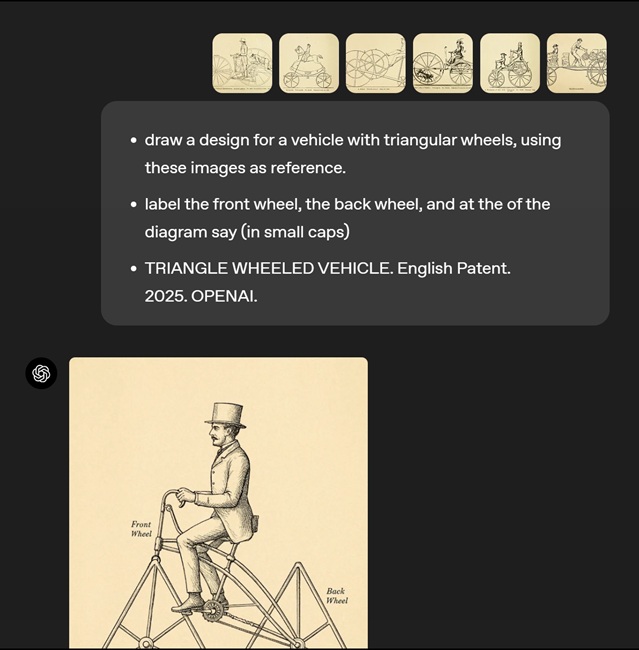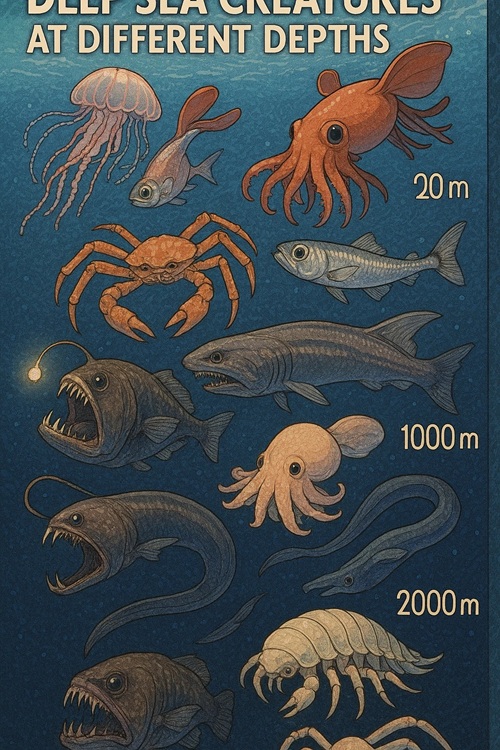
On Tuesday, OpenAI announced the release of GPT‑4o Image Generation, its most advanced image generation feature to date. Integrated into GPT‑4o, this capability aims to create visuals that are both “beautiful and useful,” according to the company.
Key Features of GPT‑4o Image Generation
Text Rendering Precision: GPT‑4o has been designed to seamlessly incorporate symbols and text into imagery, allowing users to communicate with clarity and precision.
Interactive Refinement: Users can engage in multi-turn interactions, refining images through conversation. For instance, when designing a video game character, GPT‑4o ensures that traits and features remain consistent across iterations.

Detailed Prompt Following: OpenAI highlighted that while earlier systems struggled with rendering ~5-8 objects, GPT‑4o can accurately process prompts involving up to 10-20 objects, offering better control over traits, relationships, and details.
Contextual Awareness: The system analyzes and learns from user-uploaded images, integrating their details to inform and enhance its image generation.

Stylistic Variety and Realism: With training on a vast array of styles, GPT‑4o is capable of producing photorealistic images or transforming visuals into artistic representations tailored to user preferences.
Addressing Limitations
Despite its advancements, OpenAI acknowledged certain shortcomings of GPT‑4o Image Generation. For example, the model “occasionally crops longer images, like posters, too tightly, especially near the bottom.” OpenAI emphasized plans to address these issues through subsequent updates.

Safety Features
OpenAI reiterated its commitment to ethical and responsible AI use, citing the following measures:
- C2PA Metadata: All generated images include
- C2PA metadata to ensure transparency by marking them as AI-generated.
- Internal Search Tools: Proprietary tools allow the verification of content origins using technical attributes.
- Strict Policy Enforcement: OpenAI blocks requests for content that violates guidelines, including requests involving graphic violence, explicit imagery, or harmful deepfakes. Enhanced safeguards exist for images involving real individuals.
- Reasoning LLM Integration: A reasoning-based language model was employed during development to help resolve ambiguities in safety policies, ensuring alignment with OpenAI’s ethical standards.
Practical Applications
The company explained that humans have long used visual tools—from cave paintings to modern infographics—to communicate and analyze information. GPT‑4o bridges the gap between artistic expression and practical utility, enabling the creation of visuals such as logos, diagrams, and informational designs that communicate precise meanings.
Access and Availability
The rollout began on March 25, 2025, for Plus, Pro, Team, and Free users of ChatGPT. Access for Enterprise and Edu users is expected to follow soon. Additionally, Sora users now have access to GPT‑4o’s image generation capabilities. OpenAI noted that developers would gain API access within the coming weeks.
Users can generate customized visuals by simply describing their requirements through GPT‑4o. The system supports detailed specifications, such as aspect ratios, color hex codes, and transparent backgrounds. However, OpenAI highlighted that rendering these highly detailed images may take up to one minute.
